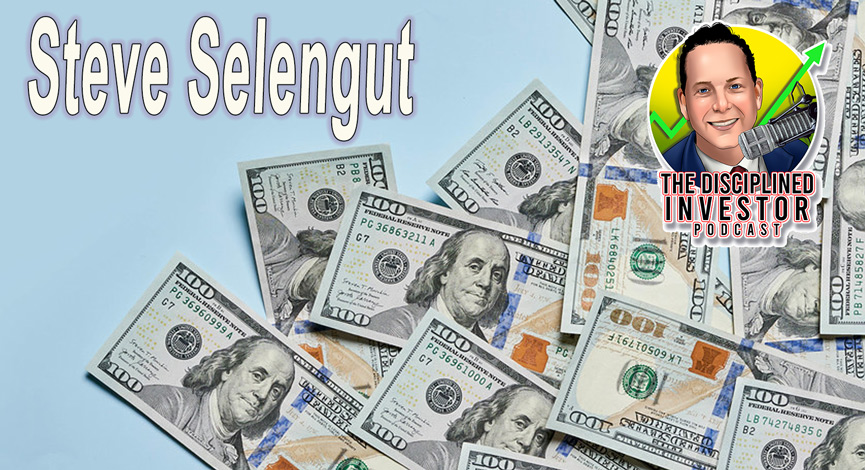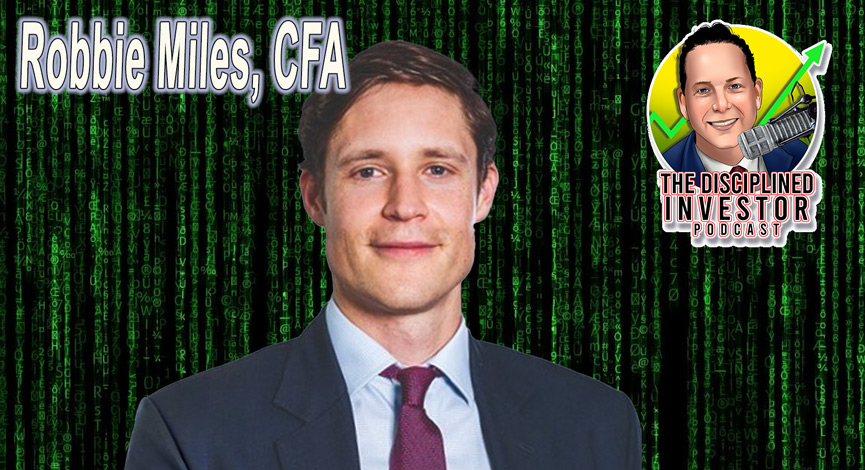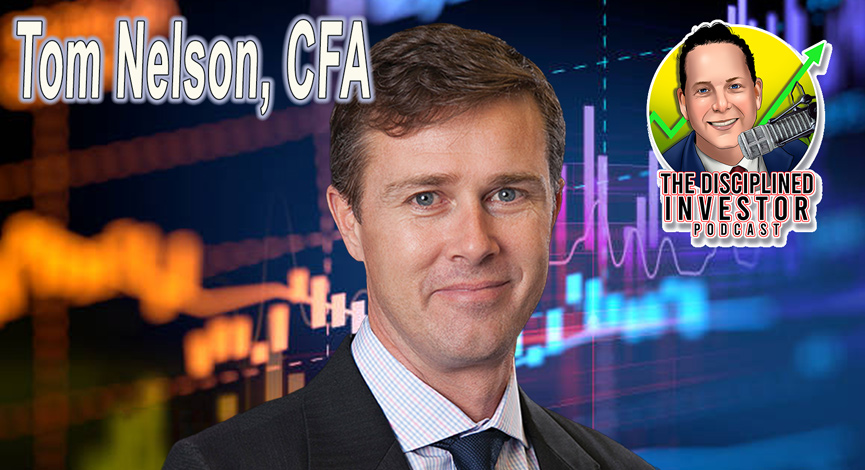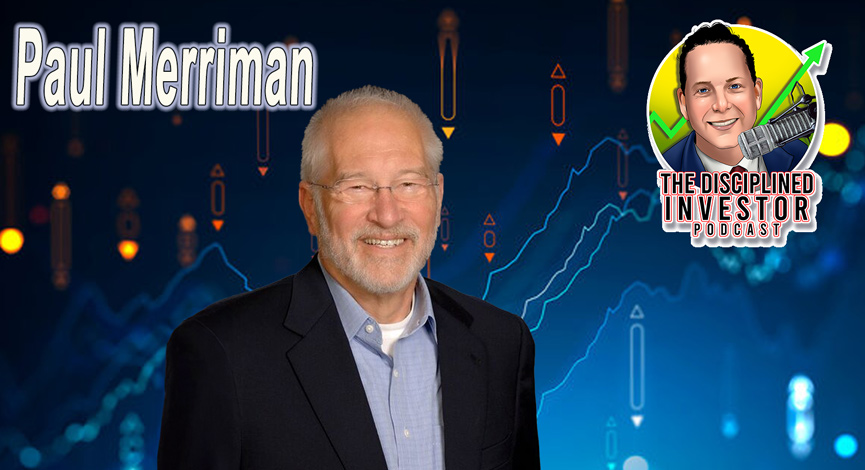I thought that this was just a great article that I should pass along. The authors hit on all of the aspects of the issues that we all know but don’t want to really accept. Like today’s market move after poor retails sales and even worse consumer confidence numbers.
It is a bit lengthy, but worth the read, in particular, the section on the being serial optimists.
From Bloomberg:
Fed Message Muddled as Misunderstood Taper Meets Slowing Growth
By Craig Torres and Ilan Kolet
Sept. 13 (Bloomberg) — Federal Reserve Chairman Ben S Bernanke and his colleagues meeting next week are poised to take two steps that appear inconsistent. They will probably lower their estimates for growth for this year and next for the third consecutive time. Simultaneously, they are forecast to start scaling back the $85 billion in monthly bond purchases they have been relying on to stoke the recovery.
What‘s more, annual inflation has been running at least a half percentage point below the Fed‘s goal since December. And while the unemployment rate, at 7.3 percent in August, is falling, that‘s mainly because some Americans are leaving the labor force.
“As a central bank, you are lowering your growth forecast, inflation is running low, and hiring is slowing and you are going to taper your asset purchases?” said Julia Coronado, chief economist for North America at BNP Paribas in New York and a former member of the Federal Reserve Board‘s forecasting staff. “That is a communications challenge.” Borrowing costs increased on the mere mention at Bernanke‘s last press conference, following the June policy meeting, of a tapering of bond purchases sometime this year. The yield on the U.S. 10-year note reached a 12-month high of 2.99 percent on Sept. 5, compared with 2.19 percent on June 18, the day before Bernanke‘s remarks.
One way to lean against rising borrowing costs would be for Fed officials to expand on their guidance for the short-term interest rate, said Dominic Konstam, head of global interest- rate research at Deutsche Bank AG in New York.
Unemployment Threshold
Policy makers have pledged they won‘t consider raising the federal funds rate, now near zero, as long as unemployment is 6.5 percent or higher. In July, they discussed lowering that unemployment rate threshold even more before any decision on raising borrowing costs, according to minutes of the meeting. Another alternative officials discussed would be a signal to hold the benchmark lending rate low so long as inflation is forecast to be below their 2 percent target for some time horizon. Currently, Fed officials say they won‘t consider raising the benchmark lending rate as long as their inflation forecast is 2.5 percent or below. Having a high and low boundary would add symmetry.
Bernanke Successor
“They have an opportunity to regain some guidance credibility,” Konstam said. “However, there is a huge cloud over the market in terms of who will be the next Fed chairman” and that weakens to some extent investor‘s confidence in the Fed‘s forward commitment on short-term rates, Konstam added. Bernanke‘s term expires Jan. 31 and front-runners to replace him include Lawrence Summers, 58, President Barack Obama‘s former National Economic Council director and a former U.S. Treasury Secretary, as well as Janet Yellen, 67, vice chairman of the Fed‘s Board of Governors. Obama has also mentioned former Fed vice chairman Donald Kohn, 70, as a potential chairman.
Fed policy makers meet Sept. 17-18, and Bernanke will hold a press conference at 2:30 p.m. following the conclusion of the second day of the meeting. Policy makers are likely to reduce monthly asset purchases to $75 billion, according to the median estimate in a Bloomberg survey of 34 economists. Fed officials have been overly optimistic about the pace of the recovery, and the consistent pattern of error suggests their analysis hasn‘t grasped how the recession affected the economy, said David Stockton, a senior fellow at the Peterson Institute for International Economics who wrote the staff forecast for the FOMC for 11 years when he was director of the Division of Research and Statistics.
Deleveraging Drag
“I suspect the committee failed to fully appreciate how persistent the drag” from deleveraging by households, businesses and municipalities would be on the economy, he said. Some of the misses were related to unpredictable shocks such as the European economic crisis and the earthquake and tsunami suffered by Japan in March 2011. Some part of the error, Stockton said in an interview, is related to the inability of the models used by committee members to plot out how financial behavior changed after the crisis.
“Forecasters take a reversion-to-mean attitude,” said Paul Edelstein, director of U.S. financial economics at IHS Economics in Lexington, Massachusetts. “They say: `A return to a normal pattern is just around the corner. We just have to get over these risk factors or these drags.‘”
One example: In January 2011, 18 months after the recession ended, Fed officials estimated the economy would expand 3.2 percent to 4.2 percent that year, and 3.4 percent to 4.5 percent
in 2012. The economy grew 2 percent in both years.
Serial Optimists
That pattern — initial optimism followed by disappointment as more data arrives — is repeated in more recent forecasts. U.S. central bankers expected 2013 growth of 2.9 percent in September last year, and then cut that estimate in December, March and June, when their estimate was down to 2.3 percent, according to the midpoint of their range of forecasts. The midpoint for 2014 fell to 3.2 percent in March from 3.4 percent in December, and further to 2.9 percent in June. “There is no doubt that they have been serially over- optimistic,” said Stockton. Joel Prakken, senior managing director at Macroeconomic Advisers LLC in St. Louis, said the “legacy effects of the Great Recession” are troubling all forecasters.
Productivity, a measure of how much output is produced in an hour of work, is low. Output per hour was flat in the first quarter and rose just 0.3 percent in the second quarter on a year-over-year measure. The causes aren‘t easy to identify, Prakken said, though he notes capital spending — which can make labor more efficient — has also been lower than he expected.
Workforce Participation
Additionally, the labor force participation rate — the proportion of the working-age population either holding a job or looking for one — fell faster than Prakken expected. Participation dropped to 63.2 percent in August, the lowest since August 1978, when Jimmy Carter was president, as more young people stayed in school, older workers retired early, and thousands simply gave up trying to find a job.
Putting it all together, less capital and labor mean the economy‘s ability to generate output is lower than it was, and deciding whether these effects are permanent or temporary is one reason economists “struggled” with their forecasts in recent years, Prakken said.
Fed officials may want to see more data before announcing changes in the thresholds for raising the benchmark lending rate, said Michael Hanson, senior U.S. economist at Bank of
America in New York, which doesn‘t expect the Fed to begin tapering bond purchases until December.
For now, Bernanke could use the press conference to “lean pretty heavily against the idea” that they would raise the benchmark lending rate when the unemployment rate hits 6.5
percent, said Hanson, a former Fed board economist. “They have a bit of a credibility issue in that they are likely to revise down their forecasts and they are still talking about tapering,” he said.
















